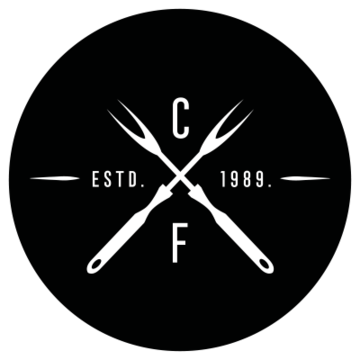Bonito Flakes
Bonito flakes, or katsuobushi in Japanese, are tissue-paper thin fish shavings with intense umami flavours. Bonito flakes can be used as a topping on Takoyaki, a filling for Onigiri, or as a seasoning in the popular Japanese soup, katsuo dashi.
Bonito flakes are made from dried Bonito fish that undergo a unique process and are grated into thin flakes.
Here is everything you need to know about adding Bonito flakes to your menu.
Preparation - How Bonito Flakes are made
Inspire - Recipes including bonito flakes
Purchase - Buying Bonito Flakes for your menu or kitchen
Preparation - How Bonito Flakes are made
Cutting & Slicing
The fresh Bonito fish is cut into 4 pieces. The first cut is made down both sides of the body. The dark coloured part of the flesh is then dived down the middle, creating four pieces.
Kagodate
The pieces of Bonito fish are arranged on a metallic ‘boiling basket’ named ‘nikago’. This step must be complete meticulously as the positioning of the pieces affects the boiling and the shape of the finished bonito flakes.
Shajuku - Boiling
The bonito cuts are then boiled at 75-95 degrees centigrade for a few hours. Freshness, size and quality are all taken into account when boiling the bonito cuts. This is a master technique and takes years of experience to learn.
Remove bones
The bonito pieces are then cooled. A deactivated device is then used to remove the bones. In some instances, the small bones are removed by hand with tweezers.
Smoking
Once the bonito fish has been deboned and skinned, the cuts on bonitos will be smoked over burning firewood. Wood such as oat, sawtooth or evergreen oat is usually used. This process is completed between 5 and 15 times but again, this depends on the bonito pieces.
Surface shaving
After smoking, the surface of the bonito fillets is shaven. This removes the tar and fat from the surface of the smoked bonito.
Drying
Once the surface is shaven, the drying process can then begin. The bonito cuts are dehydrated in the sun then mould is applied. This draws out more flavour. This process is repeated 3 or 4 times, and that is when ‘honkarebushi’ is complete.
Shaving
Finally, we reach the final step in the bonito flake process, the shaving. Shaving the dried bonito is another delicate skill that must be done using a special shaver. If shaved incorrectly, the dried bonito will become dust rather than bonito flakes.
2. Inspire - Bonito flake inspired recipes to add to your menu
Takoyaki Octopus Balls
Method:
Grab a large bowl and mix 2 eggs, 200g of flour, 450ml of water and a little dashi stock. Set this aside.
Place your takoyaki plate on the gas stove on medium heat and heat a small amount of oil in each hole.
Cut up your octopus into small pieces. Place a piece of octopus in each semi-circular hole and then fill up each hole to the top with the batter.
Now you can add the chopped spring onion, red pickled ginger and tempura flakes to each hole. The amount you add is up to you, but only a small amount will give enough flavour.
Once the takoyaki is about half cooked, about 1-2 minutes flip them over.
All your takoyaki should be round, so keep rotating them in the holes to make sure they cook evenly on all sides. This will take about 3-4 minutes until golden brown on the outside.
Place a few takoyaki on a plate and dress them with takoyaki sauce and Japanese mayonnaise. Then sprinkle powdered seaweed and bonito flakes on top.
Ingredients:
Batter:
200g flour
2 eggs
450ml water
pinch of dashi stock powder
Filling:
100g fresh boiled octopus, chopped
1 bunch spring onion, chopped
red pickled ginger
tempura flakes
Toppings:
takoyaki sauce
Japanese mayonnaise
Aosa powdered seaweed (or aonori)
Bonito flakes
Katsuo Dashi
Ingredients:
Heat the water to around 185°F/85°C. If you add the bonito flakes into the water at a hotter temperature, the dashi will lose its aroma and become cloudy.
Then strain the liquid naturally and slowly.
1oz/30 g Bonito Flakes
4cups/1liter Water
3. Purchase - Buying Bonito Flakes for your menu or kitchen
The process of creating bonito flakes is delicate and a craft in itself. Many spend years mastering the art to create precise and flavourful bonito flakes that pair perfectly with traditional and modern Japanese dishes.
To add Bonito flakes to your restaurant menu, contact the Cottage Foods team here.





